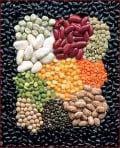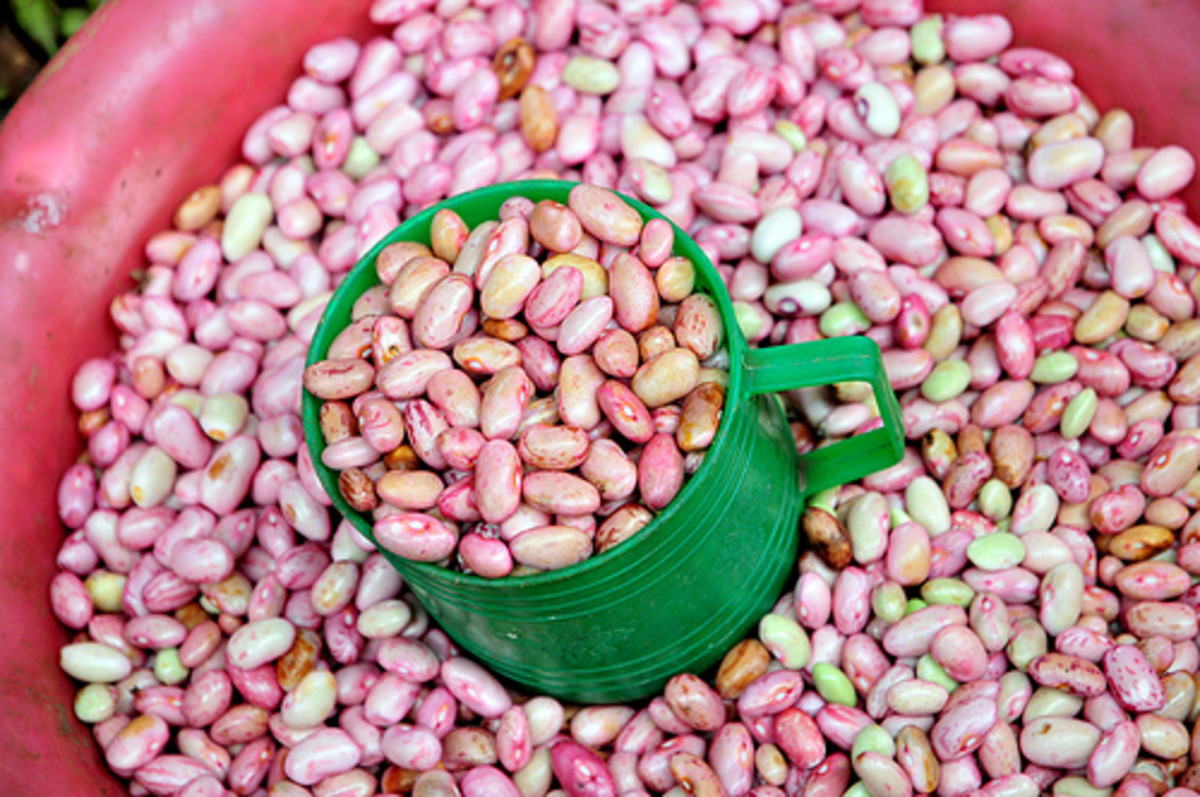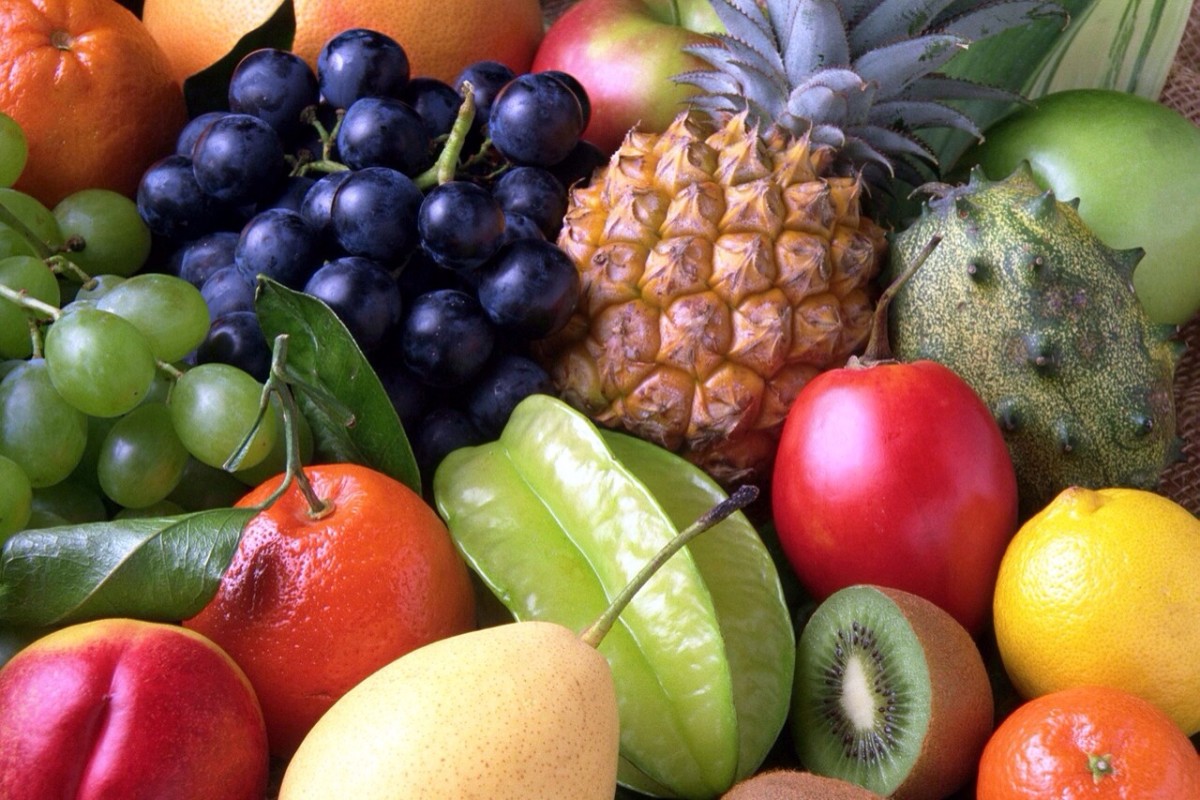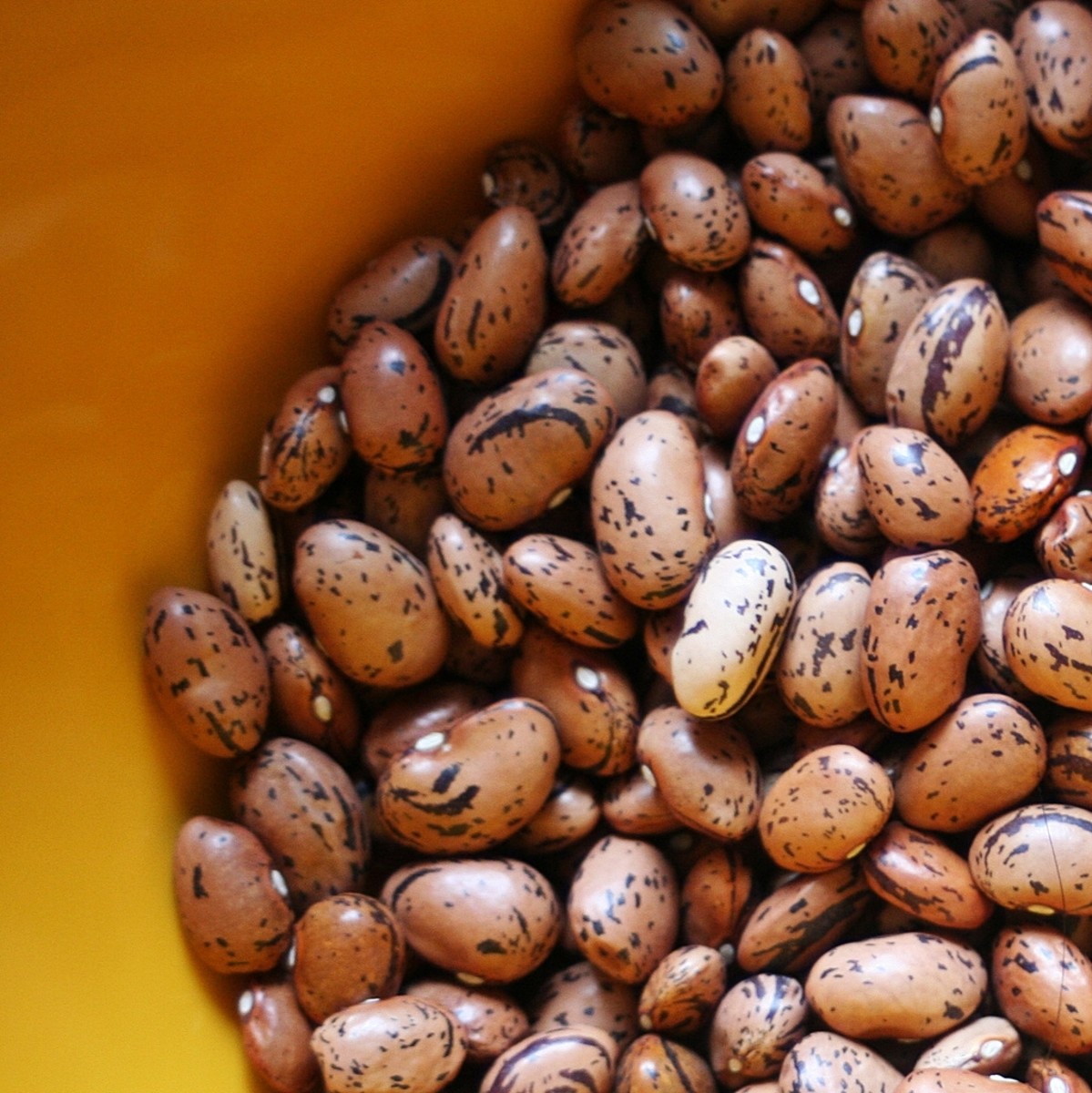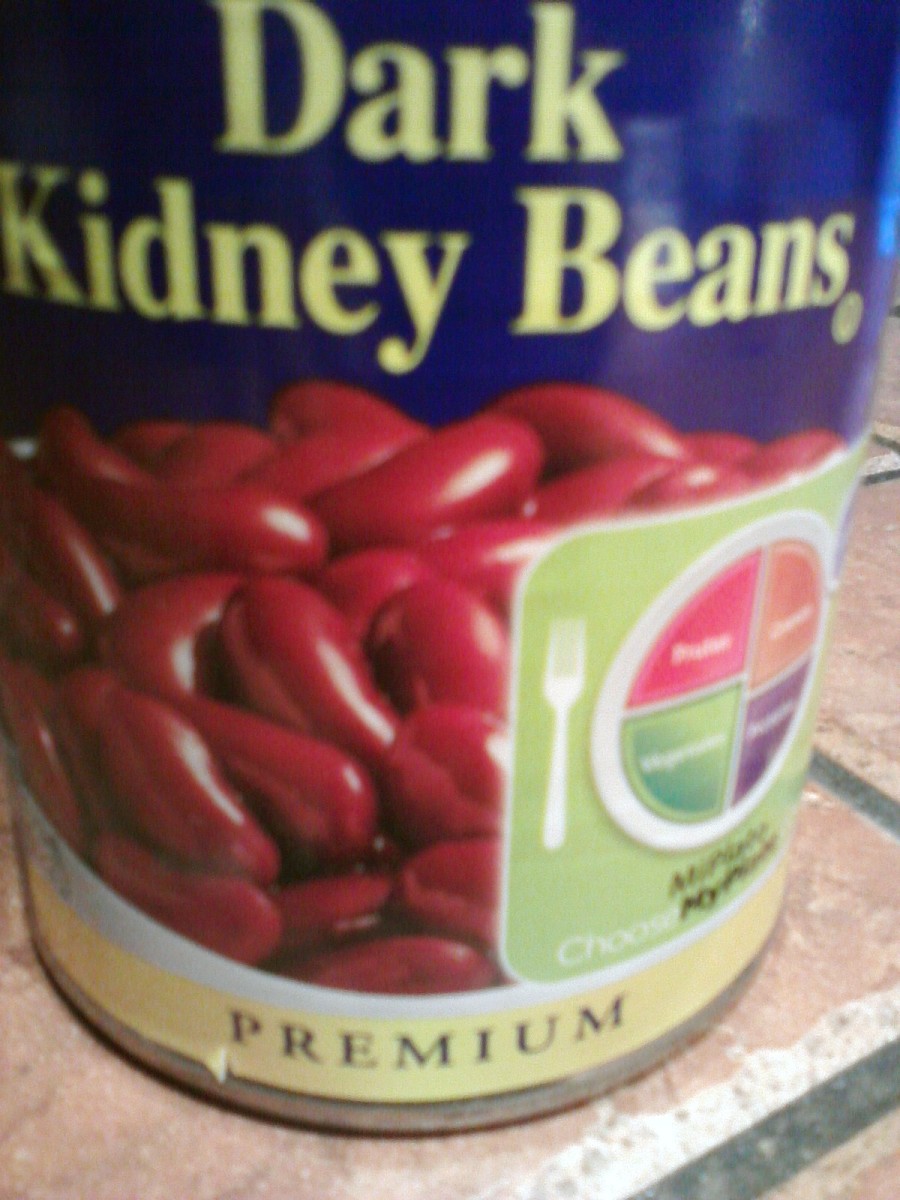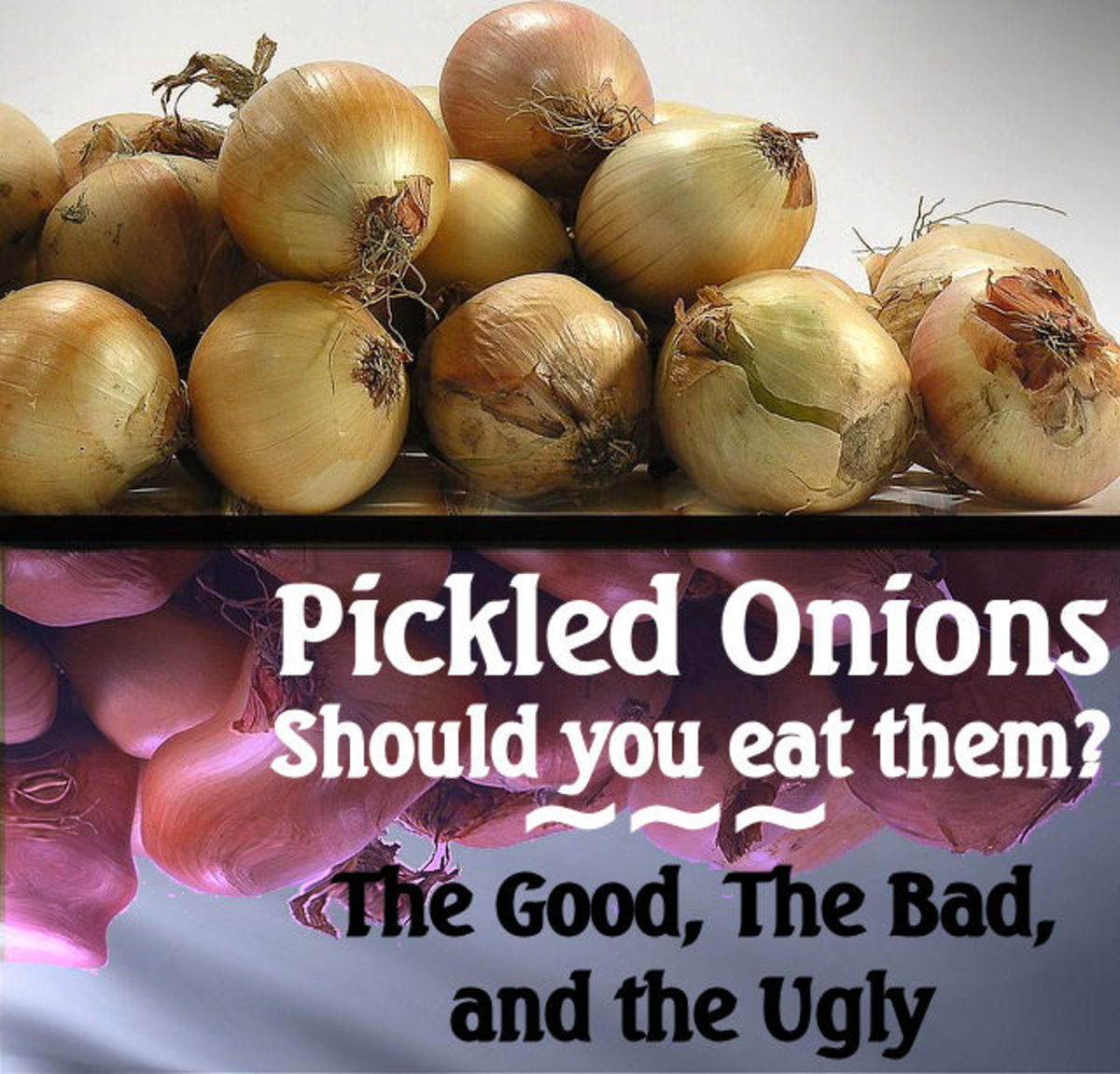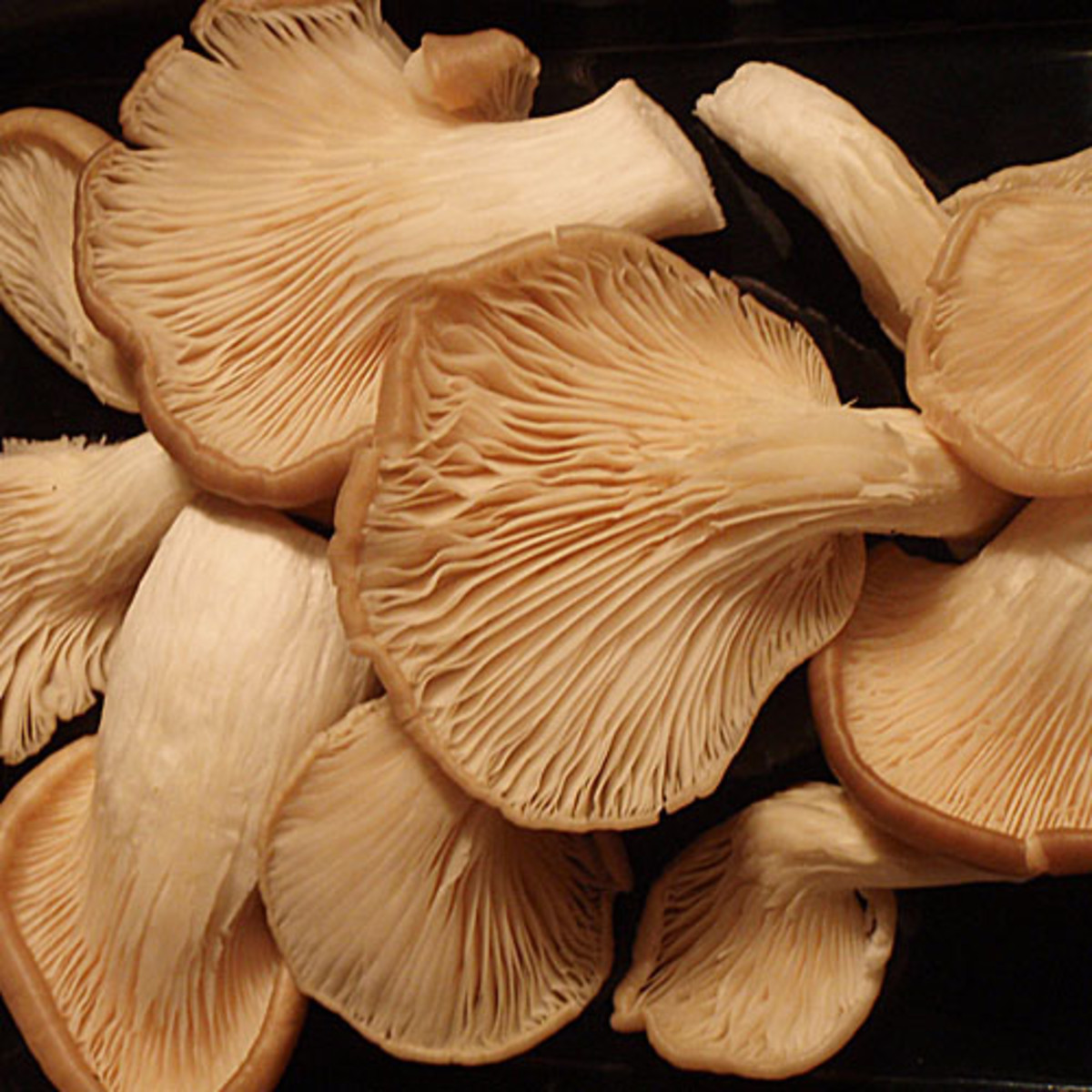- HubPages»
- Food and Cooking»
- Cooking Ingredients»
- Vegetable Ingredients
Pulses (Legumes): Seeds in a Healthy Diet
Similar to us humans, plants have evolved to become experts in survival. As far as plants go, some of the most resilient and most capable of reproducing year after year, are members of the legume family. These include pulses, which are the edible seeds of legumes. They are an important part to a healthy diet. But not to worry, If either of these terms (pulses or legumes) sounds foreign to you, don't be alarmed. While pulses and legumes may not end up as a topic in our daily conversations, they do however, often end up on our dinner plates. For that, I think it's important to understand what they are, and how they are important to a healthy diet.
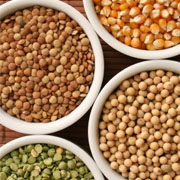
What are pulses? What are legumes?
We must begin by talking about legumes. Legumes make up the second largest plant family in the world, all of which carry seed-bearing pods. Many of these legume pods contain edible seeds; these are pulses. The legume family can be broken down to approximately 13,000 species. Some commonly eaten members of the legume family include lentils, beans (kidney, navy, string, lima, bush, soy), peas (chickpeas and garbanzos), and peanuts. These edible pulses hold a very important role in our past and present diet. The importance of legumes and pulses dates back to the earliest civilization. It's believed that legumes (specifically lentils) were among the earliest domesticated plants, beginning around 10,000 B.C. in Southwest Asia. Some scientists speculate that the introduction of agriculture and cultivation of these legumes was responsible for the very foundation of civilization itself, development of culture, and rise of society as we know it. They grow and flourish in warm climates, but are capable of being cultivated in a variety of climates.
Today, countries like India and Pakistan are responsible for the majority of legume production and consumption. At the same time, more than one-third of pulses are produced by the United States in places such as Washington, California, Idaho, and Michigan. Pulses are produced in great numbers with a variety of types, flavors, colors, and textures. We can now see how the abundance of pulses, and their place in history is undeniable, but how are they important in our diet?
Introduction to legumes
Dietary importance
Pulses and legumes make up a large part of our diet. The modern USDA (United States Department of Agriculture) Food Pyramid classifies pulses along with other proteins including meats, poultry, fish, dry beans, eggs, and nuts. The seeds and nuts that make up edible pulses are a bit part of our diet, and they are full of vitamins and nutrients (essential to a healthy diet). An interesting fact about pulses is that they are nearly 25% protein by weight; higher than both wheat and rice. This protein also contains high amounts of what is called adequate lysine, an essential amino acid. This particular amino acid is found in other plant proteins as well, but in much smaller amounts. Because of their nutritional value and high protein content, pulses are a staple to vegetarian diets (and omnivorous diets as well). Pulses are an excellent source of food if you are overweight, have high blood cholesterol, or have diabetes. Furthermore, they have also been found to help reduce the risk of coronary heart disease. For these reasons, and many more, pulses are extremely important in helping to maintain a healthy diet and happy life.
- kidney beans
- lima bean
- Madagascar bean
- Mexican black bean
- Mexican red bean
- molasses face bean
- mung bean
- mung pea
- mungo bean
- navy bean
- pea bean
- Peruvian bean
- pinto bean
- red bean
- red eye bean
- red kidney bean
- rice bean
- runner bean
- scarlet runner bean
- small red bean
- small white bean
- soybean or soybean
- wax bean
- white kidney bean
- white pea bean
Legume list
List of the most commonly used legumes
- asparagus bean or snake bean
- asparagus pea
- baby lima bean
- black bean
- black turtle bean
- Boston bean
- Boston navy bean
- broad bean
- cannellini bean
- chickpeas
- chili bean
- coco bean
- cranberry bean
- Egyptian bean
- Egyptian white broad bean
- English bean
- fava bean
- fava-coceira
- field pea
- French green beans
- frijo bola roja
- frijole negro
- great Northern bean
- green beans
- green and yellow peas
source:
- An Essential List Of Legumes - Life123
This list of legumes, which include fiber and protein, can help you transform your kitchen into a healthy one.
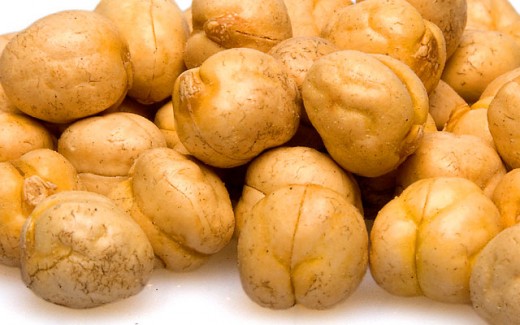
When cooking pulses...
- Most pulses you will want to soak in water overnight
- Do not add salt until after they are cooked
- Boil pulses for 10 minutes with the lid off. Reduce heat and cover
- Scrape away any froth that is produced
- Make sure they do not boil dry
- When cooking larger pulses, you can add bicarbonate soda to speed up the process
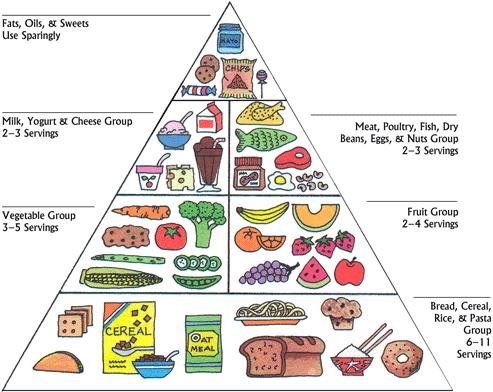
Lentil Apple Muffins
Recipe courtesy of Pulse Canada
- 1⁄2 cup dry green lentils, rinsed and drained
- 1 egg
- 1⁄2 cup canola oil
- 1 cup milk
- 1 cup canned apple pie filling
- 3⁄4 cup whole wheat flour
- 3⁄4 cup all purpose flour
- 1/3 cup packed brown sugar
- 2 tsp baking powder
- 1 tsp baking soda
- 1 tsp cinnamon
- 1⁄2 tsp salt
- 1⁄4 tsp ground allspice
- dash nutmeg
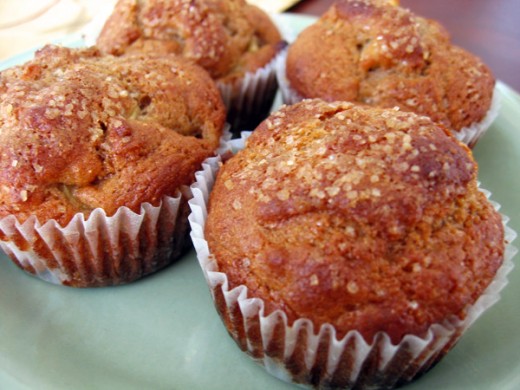
Place lentils in a saucepan and cover with water. Boil and reduce heat. Cover and simmer until lentils are tender, adding water if needed (about 40 minutes). Drain lentils and purée in food processor.
Preheat oven to 400°F. Line muffin pan with paper baking cups. CUT any large pieces of apple in pie filling into small pieces.
Beat egg in a large mixing bowl. Stir in oil and milk. Add 1 cup of lentil purée and apple filling.
Combine flours, sugar, baking powder, soda cinnamon, salt, allspice and nutmeg in a separate bowl.
Stir dry mixture into purée mixture just until flour is moistened. Spoon batter into prepared muffin tins.
Bake 15 minutes or until a toothpick inserted into muffin center comes out clean.
Makes 12 muffins


